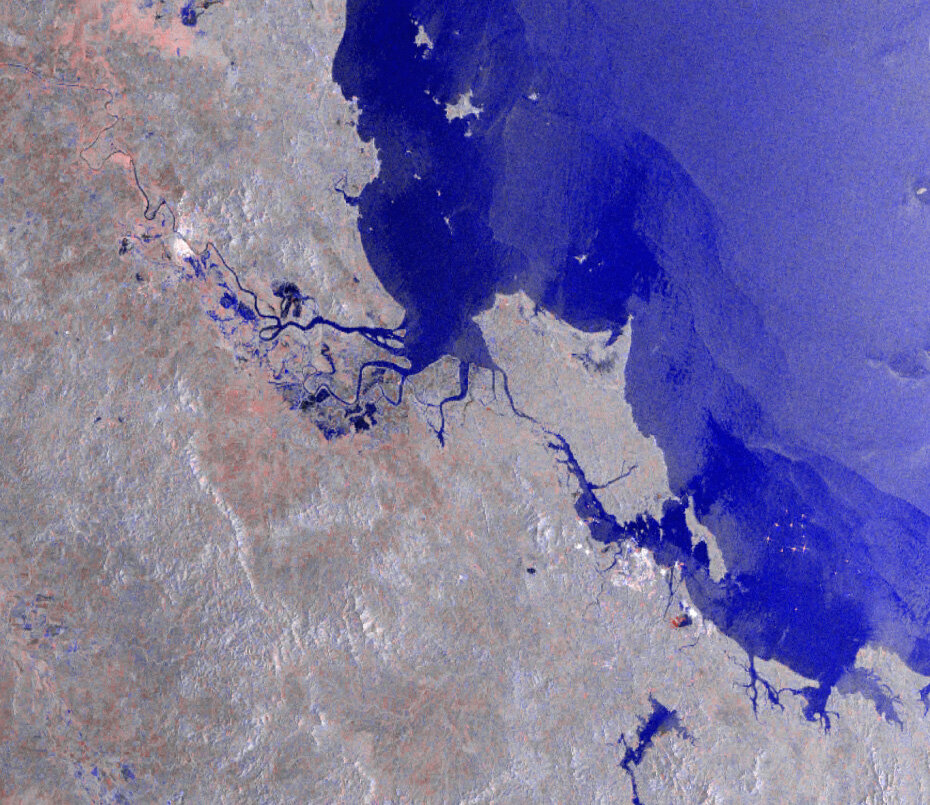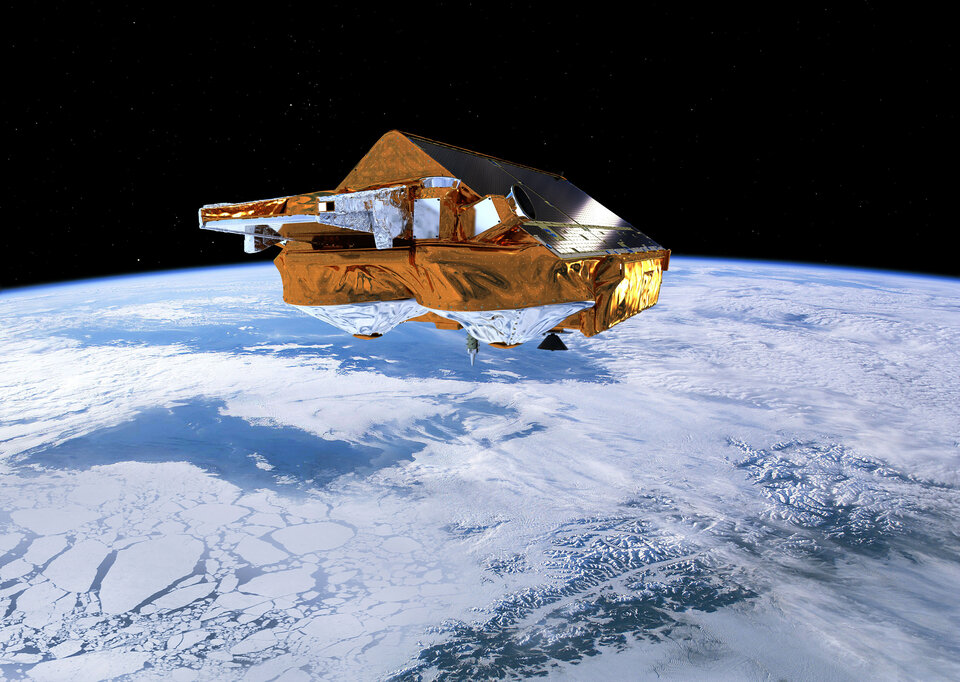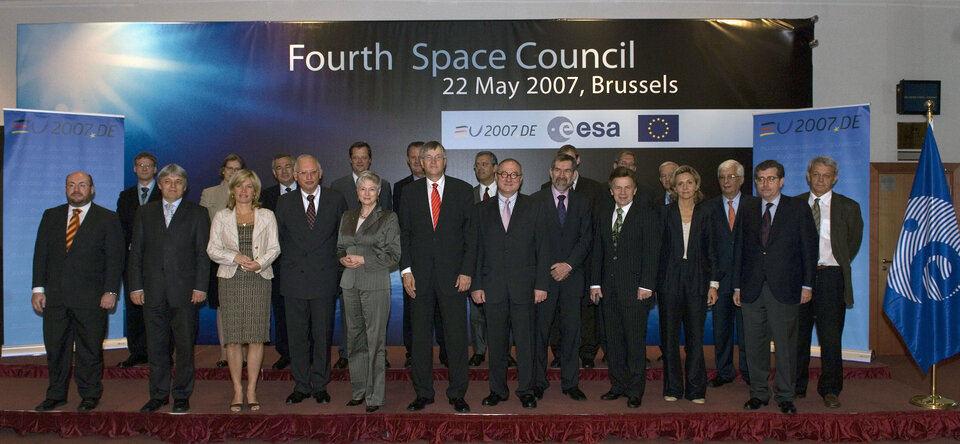ESA DG interview in ResearchMedia
Interview with Jean-Jacques Dordain, ESA Director General, in ResearchMedia.
(Interview released early 2011)
International Innovation gains an exciting glimpse into the way in which the ESA enhances the social and economic landscape of Europe, and acts as a lodestar to other space agencies across the globe.
What is the overall mission of the European Space Agency (ESA)?
The ESA is one of the few space agencies in the world to combine responsibility in nearly all areas of space activities: space science; human spaceflight; exploration; Earth observation; launchers; navigation; telecommunication; technology; and operations. The ESA’s programmes are designed to find out more about Earth and its immediate space environment; develop satellite-based infrastructure, technologies and services in the interests of European policies and citizens; and promote European industries. Space science, the backbone of the ESA’s activities, is a mandatory programme where each Member State contributes in a way which is proportional to its Gross National Product. All other programmes are optional and funded on their merit.

The ESA seeks to shape the development of Europe’s space capability and ensure that investment in space continues to deliver benefits to the citizens of Europe and the world. Can you provide an insight as to what these benefits are?
Space is a typical tool for a knowledge-based economy that stimulates scientific and technological progress and generates services which in turn trigger economic growth. Moreover, space systems are global.
Telecommunications satellites bring television and data of all kinds into our homes and workplaces. If we switched off all telecommunication satellites for one day we would immediately realise how much we depend on them. Earth observation satellites help us monitor the health of our fragile planet and support civil protection forces in monitoring – and fighting against – natural disasters, such as floods, earthquakes and forest fires. Furthermore, precision farming benefits from the integration of Earth observation and navigation satellite data, with crops chosen and cultivated in a site-specific manner based on local soil characteristics, slope angle, solar irradiance and other relevant variables. The ability to reliably predict crop production, yield and quality is valuable for economic planning and commodities forecasting, as well as ensuring global food security.
Experiments and technologies originally developed for human spaceflight missions may support terrestrial research in many disciplines and be used in other sectors such as energy management.
18 European countries have been pooling resources for over 40 years, putting Europe at the forefront of space science, technology and applications. What, in your opinion, are the principal developments and advancements that have been made to date?
In over 40 years of existence, the ESA has had its share of ‘firsts’ of which Europeans can be very proud: Ariane is leader on the global commercial launcher market; the ESA’s Envisat satellite is second to none at delivering environment-related data; the ESA safely landed its Huygens probe on Titan – the most distant landing ever achieved – to unveil the secrets of Saturn’s largest moon; we are orbiting Mars and Venus, chasing comets with its Rosetta mission, while water on Mars was first discovered by a European probe (Mars Express) only a few years ago. All these achievements are based on a highly competitive space industry and scientific community in Europe. European industry and operators are extremely successful on the global commercial market.
In recent years, ministers in charge of Europe’s space activities have launched important new programmes such as the Global Monitoring for Environment and Security (GMES) initiative, which has become the EU’s second space flagship after the Galileo satellite navigation and positioning system.

The first half of 2010 has also been marked by important events, including, in April, the launch of CryoSat to monitor ice thickness. In the same month the first images coming from the Herschel infrared observatory showed us what might have happened in our own part of space almost 5 billion years ago, when the Sun, Earth and the other planets of our Solar System began to form. In early July the ESA’s Planck mission delivered its first all-sky image. It not only provides new insight into the way stars and galaxies form but also tells us how the Universe itself came to life after the Big Bang.
Launched last year, the ESA’s SMOS programme is now operational and delivers impressive data to scientists and users on soil moisture and ocean salinity. In addition, the first global map of Earth’s gravity based on data coming from GOCE (also launched last year) was released; it displays images with unprecedented accuracy and resolution. Both GOCE and SMOS will improve our understanding of ocean currents and the water cycle, which are key to the fluxes of energy that drive our planet’s climate.
The ESA draws on the knowledge, expertise and resources of other space agencies across the world. How essential is global collaboration in the advancement of space technologies? Can you offer any specific instances of successful collaboration?
Partnership in space is the winning card: the ESA comprises 18 European Member States (including Switzerland and Norway, not part of the EU), and has long-lasting cooperation with Canada. Romania will join ESA before the end of this year; Hungary and Poland will follow along with all other EU Member States who are as yet not integrated ESA members.

At the same time, the ESA is a remarkable example of international cooperation which goes beyond the boundaries of our continent: the International Space Station partnership, for instance, includes the ESA, Russia, Canada, Japan and the U.S. The International Space Station provides a platform where international crews of up to six astronauts conduct research into physical sciences and prepare for future human exploration missions. Europe’s two key contributions to the ISS are the Columbus laboratory, permanently docked at the heart of the ISS, and the Automated Transfer Vehicle, launched on Europe’s Ariane 5 launcher to re-supply the station on a regular basis and re-boost it so that it can maintain its orbital position some 250 km above our heads.
I believe that new partners could join in the ISS: I am thinking of India, South Korea and China, who have already given proof of both their capacities and capabilities in space research. The ‘giant leaps’ in future space exploration will only be made through effective partnerships.
ESA’s budget for 2010 is 3,745 million euros. How might you justify this significant investment to those sceptical of the importance of space research, especially during this period of economic uncertainty?
Each euro invested in space research leads to scientific progress and technological developments contributing to industrial competitiveness. The space infrastructure programmes provide numerous services to the citizens, contribute to Europe’s security and encourage the youth to embrace scientific and technical careers. Thus each euro invested has a multiplying factor in very different fields from that of space and supports a competitive European economy and industry. European operators such as Eumetsat for weather forecast satellites, and Eutelsat and SES Global for telecommunication satellites, are the most successful in the world.
In addition, over 35,000 highly qualified European men and women have a job in space-related activities. The European scientific communities involved in space are world class and the space research and innovation centres spread across Europe are recognised worldwide.
Of course, we have a different political setup and different priorities when compared to the U.S.: NASA devotes almost 50 per cent of its budget to human spaceflight, while at the ESA that figure stands at less than 10 per cent of the annual budget, since Europe has so far chosen not be autonomous in manned spaceflight.

Can you describe how, in recent years, the ties between the ESA and the European Commission have been reinforced by the increasing role that space plays in strengthening Europe’s political and economic role, and in supporting European policies?
At the ESA we ensure that space is fully used as a strategic tool for EU policies in environment, security, transport and, among others, research. In 2004, ESA and the European Community signed a framework agreement that marked the start of a new relationship which continued to build upon the progress made in previous years. The first ESA/EU Space Council also took place at the end of 2004. For the first time, ministers representing the EU and the ESA Member States could jointly discuss the development of a coherent European space programme.
In May 2007, the fourth ESA/EU Space Council adopted a European Space Policy, creating a common political framework for space activities within the EU, ESA and the Member States.
Based on the successes of ESA and national space agencies in Europe, the new EU competence in space – granted by the Lisbon Treaty that came into force last December – will certainly reinforce the strategic and economic value of space in European policy, as well as enhance the role of Europe in addressing global issues.
What would you describe as the chief difficulties and challenges facing the ESA in the mid- to long-term development of Europe’s space capabilities, and what strategies are being implemented to tackle or address these issues?
The greatest challenge for the ESA in the years to come will be to evolve so as to continue its string of successes. The overall context for space has changed in Europe, in particular with the new EU role, but also with the increased attention paid to security-related programmes. The context has also changed beyond Europe, as we can see with the newly published U.S. Space Policy. The ESA must continue to be able to respond to the challenges facing Europe, since space is a strategic tool required for numerous European policies.
In this period of economic difficulty in Europe, we face challenges in ensuring that space can boost innovation and competitiveness. The space sector can be a powerful instrument for economic recovery. Space must also help understand and mitigate climate change by providing data and monitoring the impact of actions, together with other ground-based systems. Space-based systems are also crucial for the safety and security of Europe.
In the longer term, we will have to define a European view for exploration, and the contribution that Europe may make in future global exploration endeavours.




